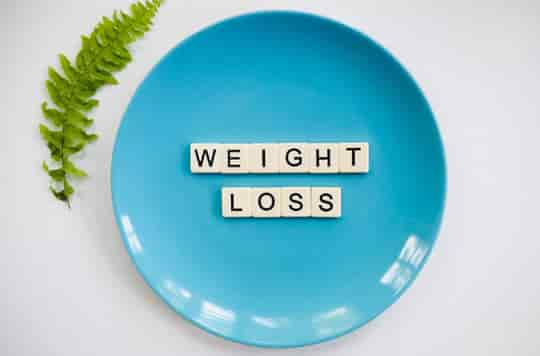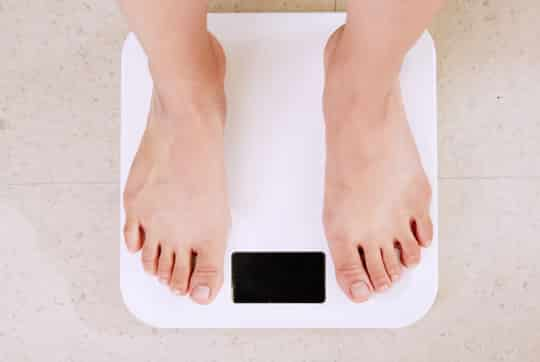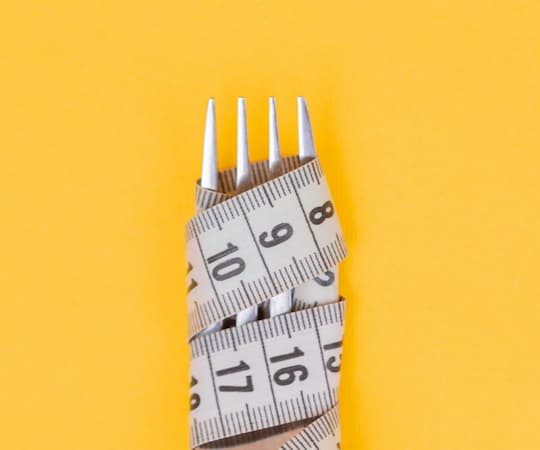A natural supplement for weight loss that is found in many healthy foods.
Taking certain supplements has been shown by research to increase weight loss.
Inulin, a natural fibre available as a supplement, can even quadruple weight loss, one study has found.
Inulin is a fibre found naturally in many foods, including leeks, wheat, onions, bananas and asparagus.
The natural fibre works by reducing appetite.
It has a creamy consistency and is sometimes used in the food industry as a substitute for fat.
Inulin is low in calories, high in fibre and it can improve the health of the digestion.
Researchers repeatedly find that an increase in fibre intake can help with weight loss.
A recent study on mice fed them either a high-fat diet on its own or a high-fat diet with a fibre supplement.
After four weeks on this regime, the results showed that inulin — the fibre supplement — reduced obesity resulting from weight gain.
The size of fat cells was also reduced by supplementation with inulin.
Dr. Andrew Gewirtz, study co-author, said:
“We found that manipulating dietary fiber content, particularly by adding fermentable fiber, guards against metabolic syndrome.
This study revealed the specific mechanism used to restore gut health and suppress obesity and metabolic syndrome is the induction of IL-22 expression.
These results contribute to the understanding of the mechanisms that underlie diet-induced obesity and offer insight into how fermentable fibers might promote better health.”
Metabolic syndrome is a cluster of problems including excess belly fat, high blood pressure and low levels of ‘good’ cholesterol.
Inulin also reduced bad cholesterol levels and helped to keep blood sugar more stable.
The balance of the microbes in the gut was restored by taking inulin.
The study was published in the journal Cell Host & Microbe (Zou et al., 2018).










